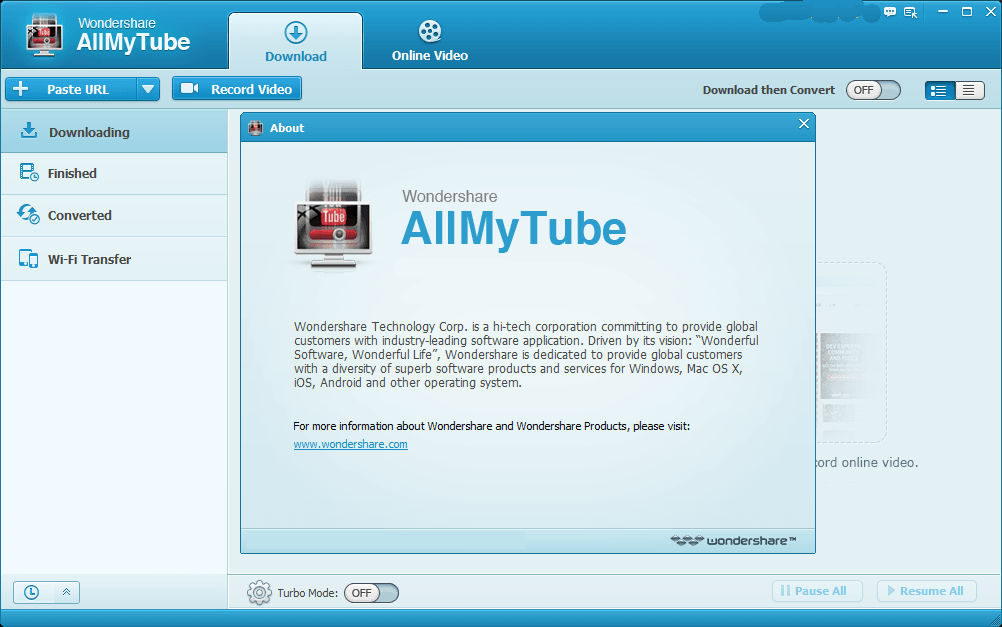Neodownloader 2 9 5 Keygen Software

May 3, 2018 - Neodownloader 2 9 5 Keygen Generator. 2.9.5 Build 191 + Portable Full Version + Crack/Keygen/Patch NeoDownloader - software for bulk.
ARTICLES OF ORGANIZATION 1. ENTITY TYPE - PROFESSIONAL LIMITED LIABILITY COMPANY 2. ENTITY NAME - CDx Pathology PLLC 3. PROFESSIONAL LIMITED LIABILITY COMPANY SERVICES - Pathology Consulting for Companion Diagnostics 4. STATUTORY AGENT for service of process - 4.1 REQUIRED - Bharathi Vennapusa 11681 N Copper Mountain Dr Tucson, AZ 85737 5.
ARIZONA KNOWN PLACE OF BUSINESS ADDRESS: 5.1 Yes - go to number 6 and continue MANAGER STRUCTURE ATTACHMENT 1. ENTITY NAME - CDx Pathology PLLC 2.
MANAGERS/MEMBERS - 1. Bharathi Vennapusa 11681 N Copper Mountain Dr Tucson, AZ 85737 Manager Member UNITED STATES 2. Dharmendra Katkuri 11681 N Copper Mountain Dr Tucson, AZ 85737 UNITED STATES Manager Publish March 8, 9 and 10, 2019 Arizona Daily Star.
The first image of Kuiper Belt Object Ultima Thule in the encounter sequence by the New Horizons spacecraft reveals an elongated, two-lobed object shaped like a cosmic bowling pin, measuring approximately 20 by 10 miles in extent. Credit: NASA/Johns Hopkins University Applied Physics Laboratory/SWRIA tense atmosphere hung over the auditorium at the Johns Hopkins University Applied Physics Lab on New Year’s morning 2019, as several hundred scientists, engineers, media members, and guests waited for confirmation that their spacecraft was alive. And then, at 10:29 a.m. EST, Alan Stern and his enormous New Horizons team received word that the spacecraft signal had been reestablished after last night’s flyby, and that it was in good health. An enormous cheer rang throughout the room, with thunderous applause. The team still doesn’t know much about the flyby results, with the closest passage of about 2,200 miles (3,500 kilometers) coming at 12:33 a.m.
EST, almost exactly 10 hours earlier. Just half an hour before the spacecraft’s closest approach, the team celebrated along with astrophysicist and team member Brian May, guitarist of the superstar rock band Queen. Brian introduced his new song to honor New Horizons’ exploration, accompanied by cheers and glasses of champagne all over the facility. This graphic shows the presumed shape and spin axis of Ultima Thule based on the spacecraft’s early observations. The model will no doubt be refined over the coming hours. Credit: NASA/Johns Hopkins University Applied Physics Laboratory/SWRIThe moment of truth this morning seemed tense. And then an was teased by four key members of the team who held a news conference.
Switchgear protection and power systems sunil s rao pdf merge free. They were Stern, leader of the mission, along with Alice Bowman (Mission Operations Manager), Hal Weaver (Project Manager), and Chris Hersman (Mission Systems Engineer). For some time the New Horizons team realized that Ultima Thule has an unusual shape — it’s elongated, and they don’t know whether it a single, monolithic, extended object, a “rubble pile” with loosely associated materials held together by gravity, or a binary lobed object like a bowling pin. The last alternative seemed to be the way the image looks today. But much higher resolution images are already on their way to Earth, streaming through the solar system as the spacecraft continues to hurtle outward at about 36,000 miles per hour (nearly 60,000 km/h). The encounter with Ultima Thule took place at a distance of more than 4 billion miles (6.4 billion km) from Earth, and so the travel time for spacecraft data is more than 6 hours to reach us from the source.
The New Horizons team also narrowed down the size of this primitive Kuiper Belt Object. They believe it is about 20 by 10 miles (32 by 16 km). Ultima Thule is tiny compared with the last target, Pluto, which is just shy of 1,500 miles (2,400 km) across. By contrast, Ultima Thule is about 20 miles (30 km) across. Scientists surmise that Ultima Thule could have a rotation period of 15 hours, or perhaps 30 hours, depending on the orientation, in order to explain the light curve they have observed.

This model will no doubt be refined over the coming hours. Credit: NASA/Johns Hopkins University Applied Physics Laboratory/SWRI What makes the data streaming back to Earth very exciting is the suite of instruments that will investigate Ultima Thule’s properties. Scientists believe this object has been in the same region for the entire history of the solar system, and lives in a deep freeze, extraordinarily cold conditions. Because of this, chemical reactions mostly do not occur, and it therefore offers a mostly unaltered window back to the early history of the solar system, offering a look at primordial conditions. The object is also known to be quite dark, reflecting only 10 percent of the light it receives, and is reddish in color. This is due to long-term radiation altering the organics on the object’s icy surface. Beyond these facts, the New Horizons team anticipates a mountain of new information over the coming hours and days.